The Bluegrass Jetro is a three-quarter helmet that not only looks great but it performs well, too. It provides extended coverage ideal for e-mountain bikers or those who want more protection. While competitively priced, the Jetro isn’t perfect as the lack of additional pads raises fit issues and it struggles with ventilation on slow climbs.
- Best mountain bike helmets 2024 - top-rated head protection for the trail
- MET Parachute MCR convertible helmet review
- Best full face MTB helmets 2024 - top-tier head protection for testing your limits
Bluegrass Jetro helmet - Technical details
The Bluegrass Jetro has been brought to the market to offer a level of protection that’s not too far off of the best full-face helmets while straddling the breathability and openness of a half-shell helmet. The three-quarter build meets ASTM 20232-15 and NTA 8776 certification. Bluegrass claims that the Jetro dissipates more impact energy with the helmet receiving more impact-tested coverage around the back and temples. It’s also got a five-star rating from Virginia Tech.
To up the safety, this helmet boasts the usual in-mould polycarbonate shell with an EPS liner which has been boosted thanks to its extended head/cheek coverage and a Mips C2 rotational impact reduction system. There’s also a breakaway visor.
Keeping the helmet in place is a Safe-T Heta fit system with a 360-degree head belt with three vertical adjustments. Bluegrass has then opted for a Fidlock buckle and it says that the cheek pads have been chosen to provide a perfect fit - more on that later but there’s only one set of pads, as well as a single comfort liner, included in the pack.
Finally, 21 vents handle airflow and they’re joined with air channels cut into the interior of the Jetro and included in the box is a handy soft storage bag.
The weight for a medium Bluegrass Jetro is 597g which is certainly competitive for a helmet of this type but there are lighter around.
Bluegrass Jetro helmet - Performance
The Jetro has a lot going for it, it looks great and lops £45 off the price of Fox’s Dropframe Pro, so based on that alone, it’s a product well worth considering if you’re in the market for extra coverage. During my time with the Jetro, I rode in both a medium and large helmet, and primarily rode a regular mountain bike, although a few points arose that make me believe that this helmet is bred for e-MTB.
As for fit, it’s a mixed bag. I sit right in the middle of the medium and large sizes with a head circumference of 58cm. Usually opting for a medium helmet, that’s what I went for first and it was clear that I was at the upper end of the size scale. The Jetro is built for rounder heads as I could feel light pressure at the forehead and the rear of the head. My head rarely filled the whole helmet, too, with a smidgeon of space around the crown as it sits quite high. Conversely, the helmet felt very secure and didn’t show any signs of movement.
But knowing that I was right in the middle of the sizes, Bluegrass kindly sent in the large which fit, after a good session cinching down the adjuster but with that large hat, it wasn’t nearly as secure. The cheek pads weren’t thick enough, although comfort was much better. The shell was noticeably large though, making me feel a little bobble-heady. Because the medium size provided a more secure and snug fit, that’s what I chose to ride in most of the time. However, these fit niggles on both sizes can be fixed with one key thing - a range of different-sized cheek pads and comfort liners provided in the box. This would allow the user a better opportunity to fine-tune the fit. In fact, for those in between sizes, the lack of additional pads could make or break it.
On the trail, the Jetro fills its role confidently. The comfort is rather good and the extended coverage adds protection without impeding vision. There’s plenty of space inside the helmet, too, with areas left open for ears, Unlike other three-quarter lids, my ears haven’t pressed up against the shell which has meant that I’ve been happy to ride in the Jetro for much longer periods before reaching any ear discomfort. Then because of the space inside, I’ve happily run all kinds of eyewear, including large-framed glasses, and goggles.
The helmet’s stability adds to the fact that the Jetro does a great job hiding its weight.
Airflow at speed is very effective and it’s obvious that the helmet vents and purpose-built channels synchronise to guide air in and around its interior. Although, I say ‘at speed’ because the Jetro struggles to exhaust warm air when there’s little wind to push through those vents. The helmet can overheat, which makes things feel rather claustrophobic. But this is where the larger size steps in. Using the larger size opens up more space between the head and the shell, so there’s more room for the air to circulate, in theory. But in practice, it wasn’t much different. But, as climbing speeds are typically faster aboarb an e-mountain bike, air should flow should improve.
With all of that, the Jetro makes for a solid entry into the ¾ helmet space, providing good airflow and comfort, providing you’re riding e-MTB and not in between sizes. If you’re a more aggressive non-e-bike rider, it requires a little more justification as it’s warm on slow climbs but provides more protection on the descents, so it’s not quite as well-balanced.
Bluegrass Jetro helmet - Verdict
With a £225 price tag, the Jetro offers a lot for the money, especially when compared with the Fox Dropframe Pro. That said, Fox’s £270 offering is a much better all-rounder as it provides better comfort for the size and better ventilation whether you’re climbing or descending. The Dropframe Pro also comes with a selection of different pads – this boosts comfort thanks to the combinations available.
Another extended coverage helmet is Alpina’s Rootage Evo which can be picked up for £80. For that money, it forgoes rotational impact reduction tech but offers breezy extended protection at a fraction of the cost.
Then there’s Fox’s standard Dropframe which comes in at £190. This gets Mips but coverage isn’t as complete as the Jetro’s. However, our Rhian didn’t like the peak but she did find the airflow to be rather good.
The Bluegrass Jetro helmet is geared towards aggressive riding. While ventilation and fit issues may limit its appeal, it’s a worthy option compared to the pricier rivals.






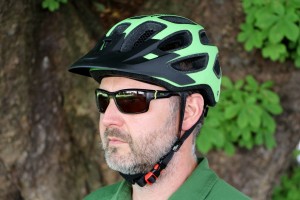


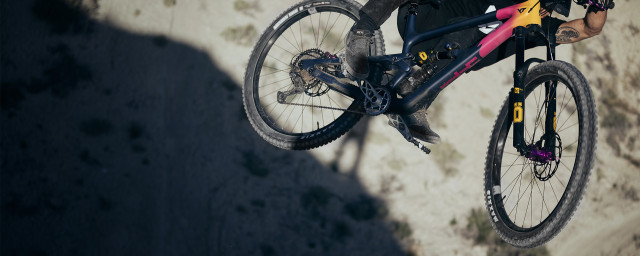
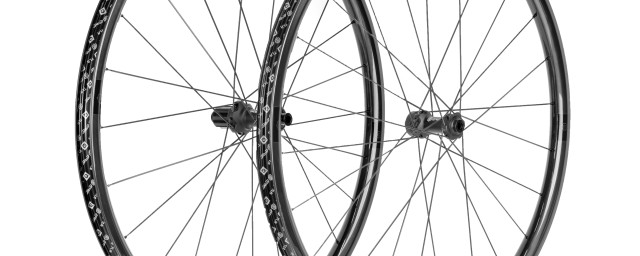

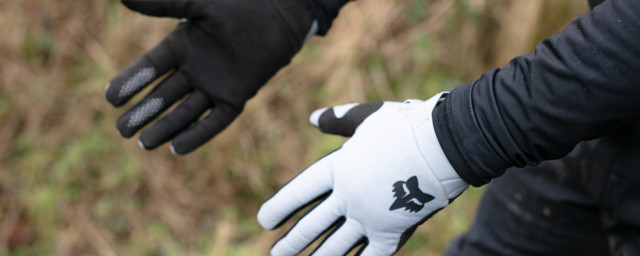

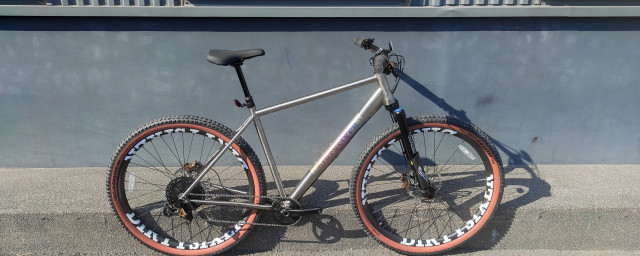

Add comment